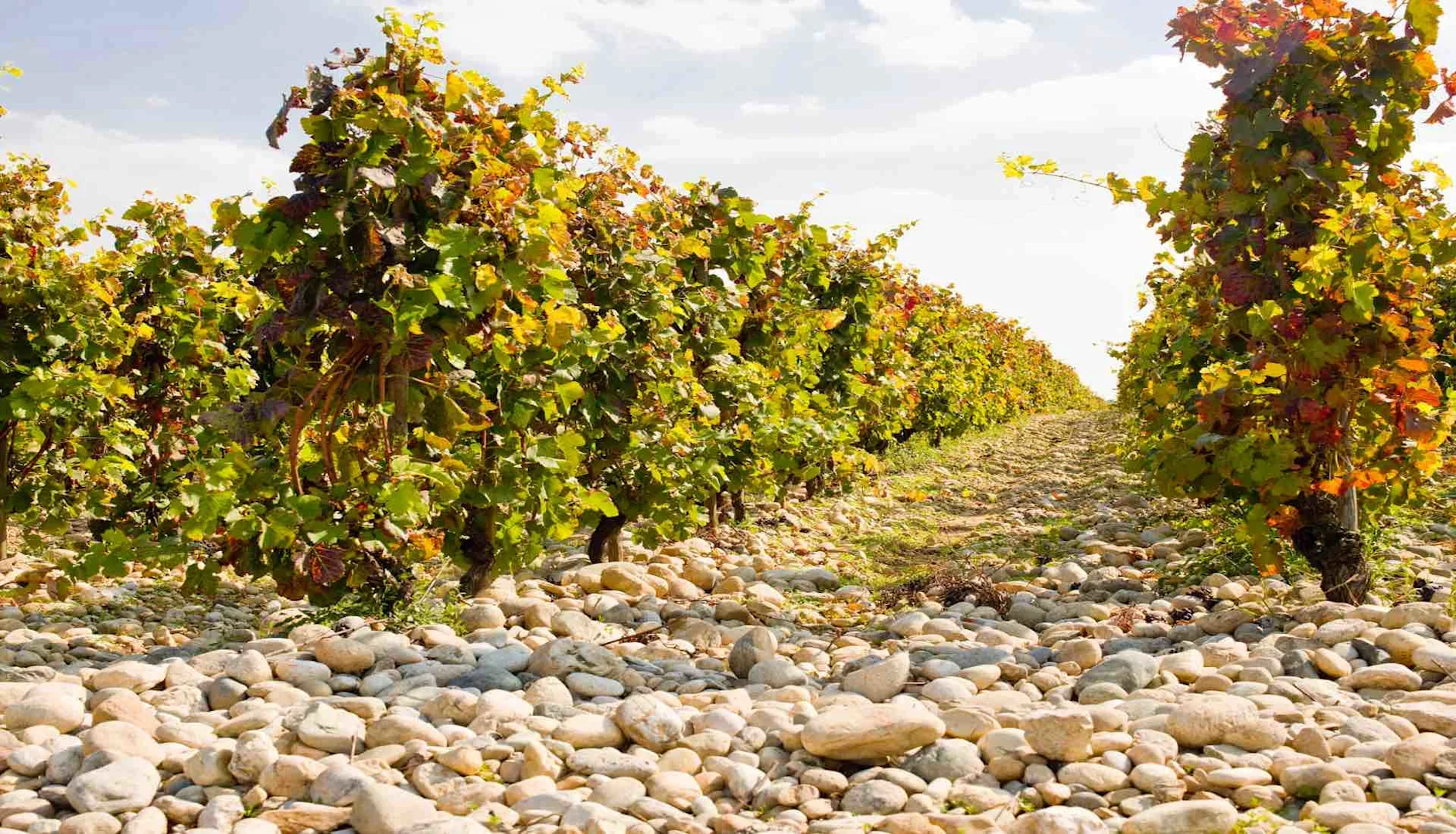Filter by
- Top-tier Barolo from Serralunga, one of the region’s finest crus£45.00 per bottleSAVE £15.00
- Well-priced Barolo, Piedmont's top wine, from a 5-Star classic vintage that will age well£19.99 per bottleSAVE £2.01
- From a small family estate, a top-vintage young Barolo with intense fruit, vibrancy and firm tanninsfrom £34.00 per bottle
- Beautifully structured and rich, 94 pt Barolo from this estate’s top old vinesfrom £48.00 per bottle
- Pure, organic Barolo from Serralunga d’Alba – intense, elegant, ageworthyfrom £45.00 per bottle
- from £48.00 per bottle
- Magnificent, 97-point, top-vintage Barolo from one of the finest family estates in the regionfrom £90.00 per bottleSAVE UP TO £10.00
- Showing (1 to 7 of 7)
1
Page 1 of 1













